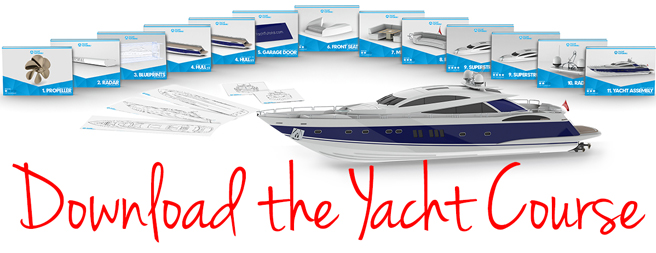While these are written for people who are preparing to take the CSWA (Certified SolidWorks Associate), CSWP (Certified Solid Works Professional), CSWE (Certified Solid Works Professional) or some other exam, it can (AND SHOULD) be used by anyone who wants to be fluidly proficient in SolidWorks.
These take practice. It will be slower at first, but after 2 weeks or less of constant usage you will equal to your current speed. After 1 month, you will be faster. After 2 months, you will significantly faster. After 6 months, you will impatiently push hot keys on people you see driving SolidWorks (kinda like how you press an imaginary gas-petal when in the passenger seat next to your mother-in-law driving).
Before I give my favorite speed moves, I like to give 3 strong suggestions to consider before using the tip for the CSWE:
- Do not try to do things in a test that you don’t do regularly in your job. Practice these until you are proficient.
- Force yourself to practice by going in “Jedi Training Mode”. This is done by pressing Ctrl F1 (hide Task Pane) : F9 (hide Feature Manager Tabs) : F10 (hide Command Manager).
- If you find yourself NOT using hot keys, due to testing pressure, take a deep breath and slow down. A zebra can outrun a lion, but lions feast on zebras by surrounding them and having them exhaust themselves by running in circles. Don’t let a few lion-like questions put you in a frantic “zebra” mental state.
One last tip before getting into the shortcuts. Remember that shortcut keys are almost entirely customizable. If there is a certain feature you like but it’s buried away on a remote menu you can give it it’s very own shortcut through the options menu.
- “s” (Shortcut-superman key) – this shortcut key is genius and situational. It will adjust depending on what type of file you are working on AND what you are doing in that files (for example: making a sketch in part mode is different from inserting a part in a drawing).
- Mouse gestures – also situational. I won’t lie, I’m better at using this in sketch mode than anywhere else. For those of you who don’t know how to activate this- hold your right mouse button down and drag. You will see a circle with 4 or 8 different icons in a ring surrounding your mouse cursor. Simply sweep the cursor to one of the icons.
- Ctrl-8 (orient normal to plane)- get away from using the view cube or the heads-up display. Both of those take multiple clicks.
- f (fit on screen)
- Ctrl-Tab (toggle between open files)
- Enter (repeat previous command)
- Right mouse button (situational)- this opens a good number of commands.
- Ctrl-1, 2, 3, 4, 5, 6, 7 (orientation). These seem difficult to remember at first BUT it makes sense if you think about it. Control 1 TOP, Control 2 BOTTOM, Control 3 RIGHT, etc…
- “a” – This is great for toggling between an arc and a line in sketch mode OR different “types” in sketch mode (for instance- a center point rectangle vs a corner rectangle)
- Other window hotkeys (Ctrl-Z , Ctrl-C, Ctrl-V, Ctrl-N, Ctrl-O)
They are listed in order of usage preference. For example, use “Mouse Gestures” (#2) over “Right Mouse Button” (#7).
Best of luck getting this going. Let me know how it goes.
Learn How To Pass The CSWE – See The Complete Article Series
Jim is a CSWP and on the road to getting his CSWE. He works for HawkRidge Systems, an authorized reseller of SolidWorks. Jim also runs i-elf, a product development consulting company. He can be reached at Jim.Lucas@i-elf.com.



Pingback: How To Pass The CSWE – 3D Engineer